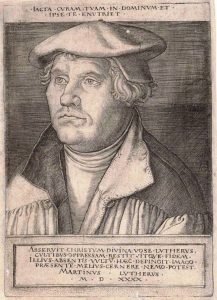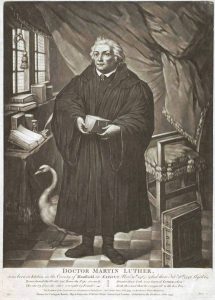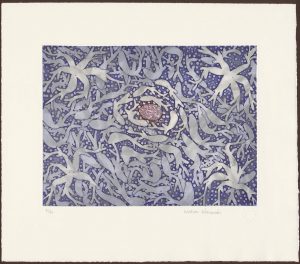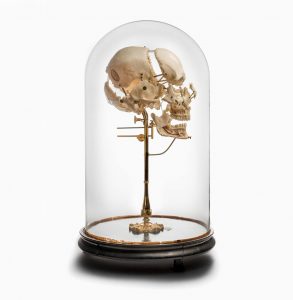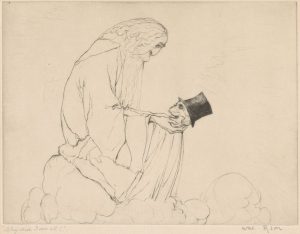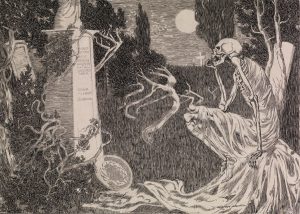Anniversary of Martin Luther and the Protestant Reformation
Forget about Halloween, the 31st of October is Reformation Day, and 2017 marks 500 years since the German monk Martin Luther (1493-1546) nailed his 95 thesis to the door of a church in Wittenberg. That thesis sparked a religious revolution which resulted in the Protestant Reformation. This event changed the spiritual landscape of Europe and beyond.
Along with the publication of controversial texts, Europe was flooded with printed pamphlets and images; the Protestant Reformation also helped to marshal the development and evolution of the print medium.
The Rare Books collection at the Baillieu Library holds a 1518 copy of Luther’s Resolutiones disputationum de Indulgentiarum virtute (Resolutions on the disputations about the power of indulgences). While three very different portraits of him from the Baillieu Library Print Collection show that attempting to frame Martin Luther and his legacy is a very complex exercise.
